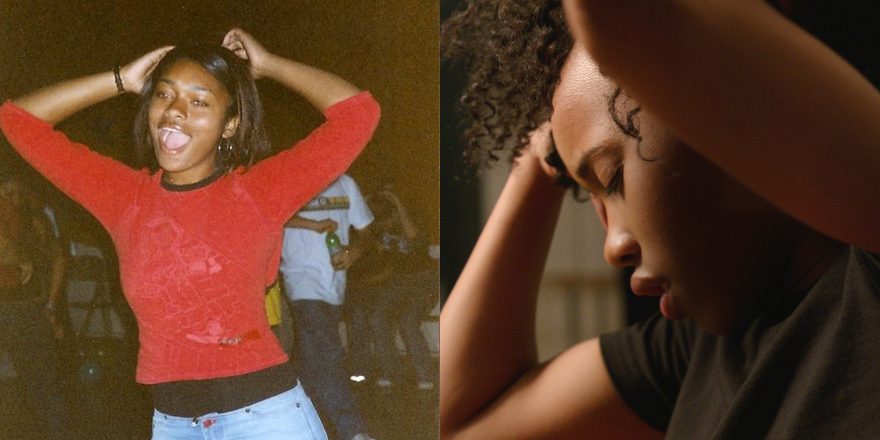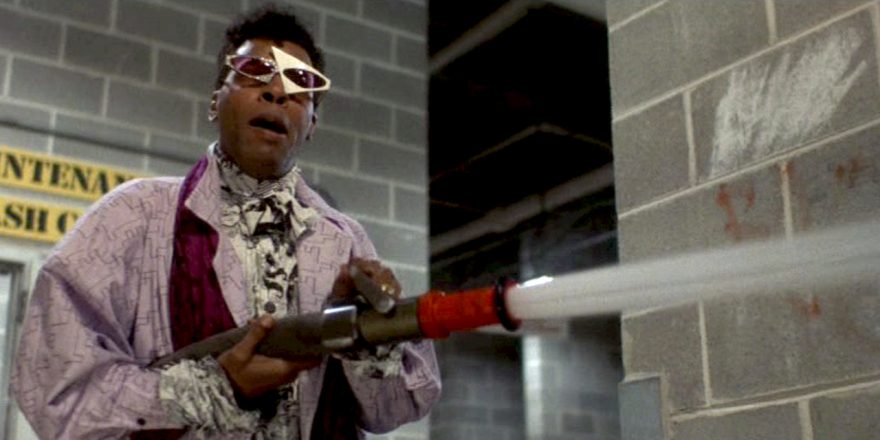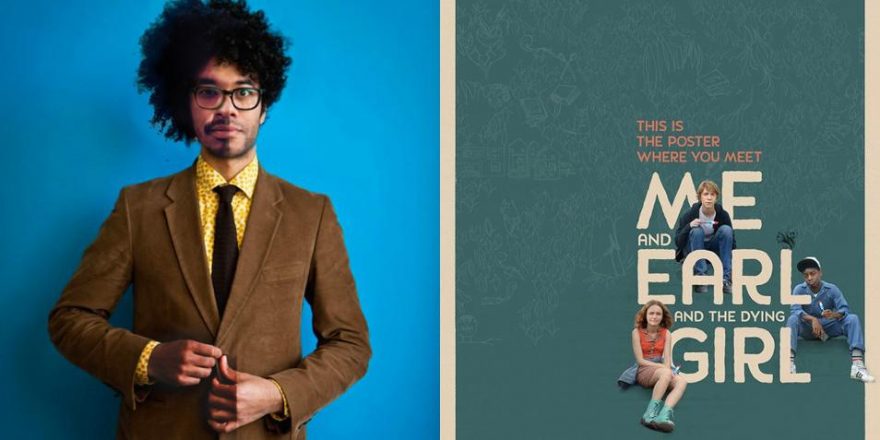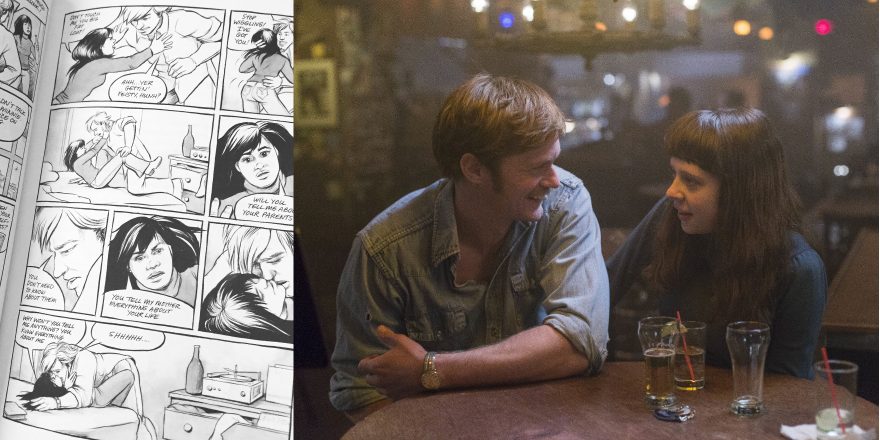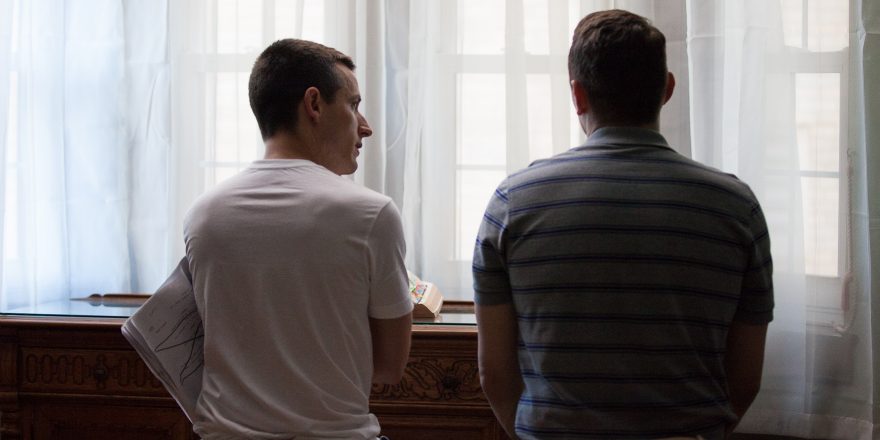When I was growing up, I surrounded myself with books by the likes of Terry McMillan, J. California Cooper, Candy Dawson Boyd and Danzy Senna. They were my entrance into storytelling. I loved reading these novels, partly because they reflected the varying shades of the black experience in America, tales of single mothers, a biracial girl wrestling with her identity, a middle-class black girl grieving the loss of her best friend, and an epic Southern saga of family relationships and betrayal.
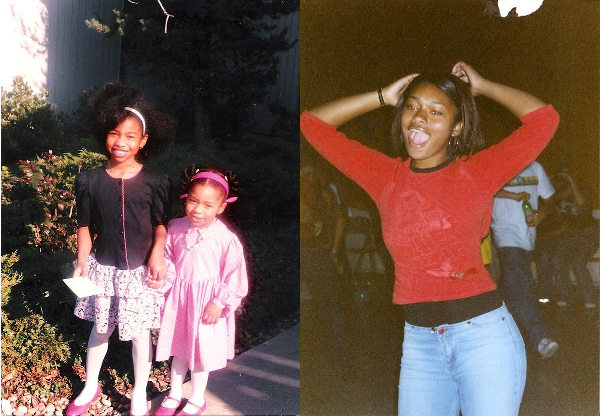
I enjoyed reading more than going outside to play with other children. I was bored by the Summerwood apartment complex in Hayward – a neighboring city to Oakland – where I lived for the first part of my childhood. Oakland was much more exciting. My Muslim father lived there and we’d go to visit him on the weekends. My parents were divorced. My mother worked at a carpet store until, during my teens, she went back to college and started a career as a realtor. My dad, who graduated from college and once owned a clothing store, worked at the Men’s Wearhouse, and had side hustles selling scarves and halal hot links at the masjid. My older brother – who lived with my mother, my older sister and me – built and fixed PC computers in our living room.
Though I was raised primarily by my single mother in a middle- to low-income area, I never thought about our economic situation until I was older. I never feared that we might go without a meal, clothes or shelter. We always had what we needed. Our apartment was decorated with African art – sculptures, paintings – and always had a clean carpet. My mother took us to Macy’s to buy school clothes, and I had more Barbies than I could beg for.
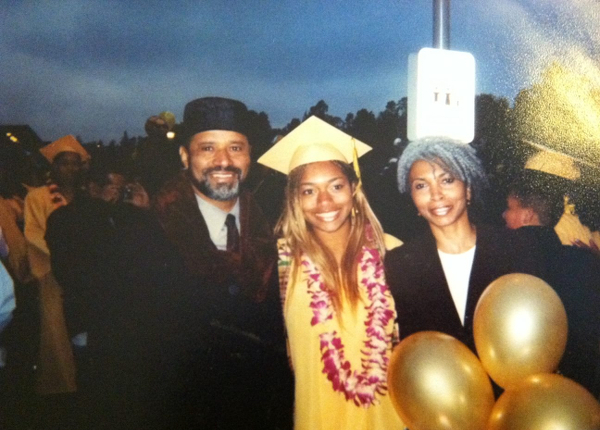
Some of my biggest struggles growing up were to do with self-definition, with the conflicting aspects of my identity. In middle school, I often found myself uncomfortable and awkward around my peers as they talked about everything from sexual episodes, to going to church and being Christian. In high school, I found a core group of black female friends. We listened to Lauryn Hill and debated in our AP classes, setting our sights on college, but I was still curious and confused about sex, relationships and life, like most teens are.
My debut feature film, Jinn, is informed by these experiences. It centers on a black teen girl, Summer, and her mother as they explore Islam while trying to define their personal and public lives. It looks at the impact of a mother’s religious conversion on her daughter, who doesn’t want to conform to one way of being. At first resistant to the faith, Summer becomes drawn to some of its teachings, and experiences deep feelings for a Muslim classmate, Tahir.
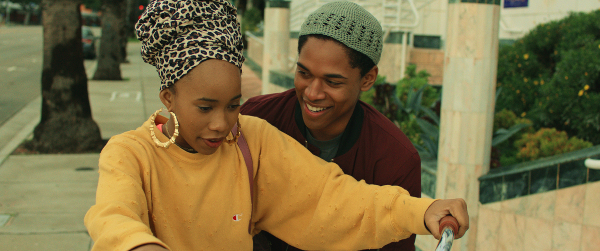
Oftentimes, when the “black” story is imagined in cinema, we jump to extremes of poverty, abuse, trauma or survival. While these hardships have definitely shaped some of the black experience in America, they are not all that defines it. Historically, our existence in film has been defined in relationship to whiteness, and to power. My maternal grandmother was the daughter of sharecroppers in a highly segregated South Carolina, but the personal impact of that history on me is more complex, subtle and striking than any Hollywood film I’ve ever seen. We are in a very special moment where the centering of black characters and black stories often has nothing to do with the tropes and norms applied to them in the past. From the quirky, dark humor in Insecure and Atlanta, to the sweeping world-building in Black Panther, Get Out and Mudbound, narratives are being reimagined. Audiences within marginalized communities love this. And I love it, too.
When I was growing up, it was normal to see black actors relegated to “friend” characters in movies and TV shows, who spoke no more than two or three lines and laughed in a scene. I recently rewatched The Notebook, and counted about eight black characters who bore no importance to the story, but were there in roles of servitude and entertainment to the white characters. There are countless movies and TV shows like this.
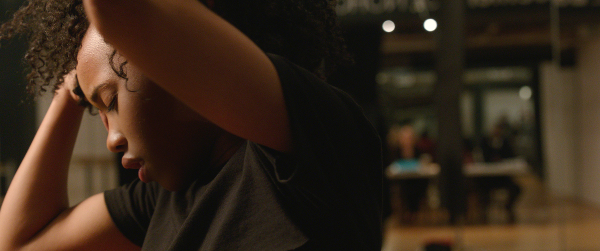
Jinn had its world premiere at this year’s SXSW, where it received enthusiastic and emotional audience responses at our sold-out screenings. While the film has been described as small by some, it is actually quite subversive in its aims. This is a film that centers on black girls and black Muslims, fully. It focuses on their lives, the way they talk, their laughter, their flaws, their insecurities, and their love. It is a fun, warm film with moments of discomfort and ambiguity. It subverts our ideas of blackness, and what black people are. Here we see black people who are Muslims, some of whom like wearing scarves and reading the Qur’an, who like bean pie, talking about the weather and joking about unicorns. There’s a beauty in the everyday experiences of black people – what my cinematographer Bruce Cole calls the “black mundane” – that we wanted to capture here.
It is my hope in this changing cultural moment that we find people, critics and writers who are able to engage with these worlds and these stories without imposing their sense of privilege and entitlement on them. The time of black servitude in cinema is over, at least when it concerns most black creators. I made Jinn for black women and girls, but also for people who are able to enter a world in which they do not see themselves – even as foreign as it may be – and be willing to follow a black girl. I’ve had to do it since I was a child – try to find my way into films and television shows with characters that did not represent me in any way. Now it’s my turn to tell my stories, and I make no apologies.


